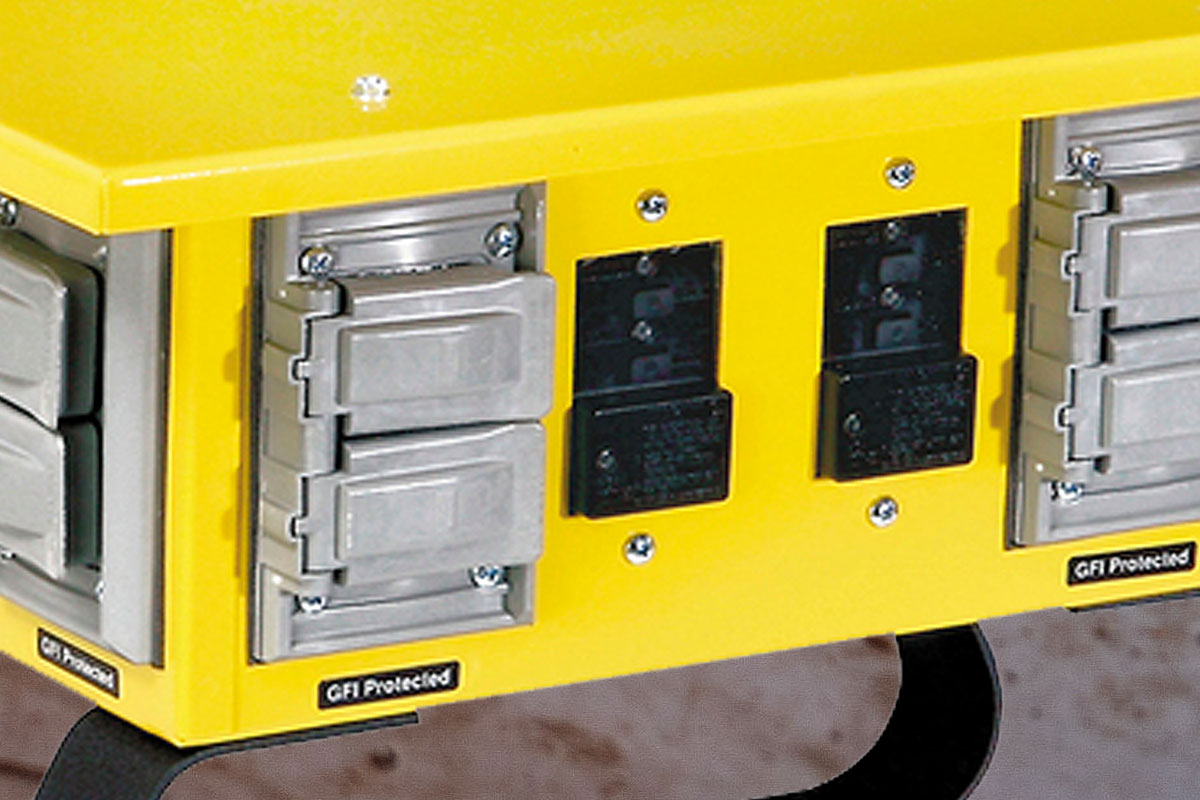
Construction Risks Insights
Reduce The Risk Of Electrical Injuries – With Proper Ground-Fault Protection
A stark reality for the construction trade is the fact that construction workers suffer more electrical burns and fatal electrical injuries than workers in all other industries combined.
The human toll is paramount, but each incident also carries significant costs in terms of lost time and resources and increases the employer’s risk of costly lawsuits. Perhaps the most unfortunate aspect of this threat is that many of these accidents could have been prevented.
According to the National Institute of Safety and Health, the most frequently cited OSHA electrical violation is improper grounding of equipment or circuits. The purpose of this blog is to help provide construction managers and workers with insight and guidance on the implementation of proper ground-fault protection practices.
OSHA Regulations
OSHA requires employers to provide at least one of the following:
- Ground fault circuit interrupters (GFCIs) on construction sites for receptacle outlets in use and not part of the permanent wiring of the building or structure
- A scheduled and recorded Assured Equipment Grounding Conductor Program (AEGCP), covering all cord sets, receptacles not part of the permanent wiring of the building, and equipment connected by cord and plug
About GFCIs
Grounding a tool or electrical system involves creating a low-resistance electrical path that connects to the earth. A ground-fault occurs in a tool or electrical system when there is a break in this low-resistance grounding path. The electrical current may then take an alternative path to the ground through the user, resulting in serious injuries or death. GFCIs automatically limit or stop the flow of current in the event of a ground fault, overload or short circuit in the wiring system. They operate by monitoring the amount of current going into electric equipment and the amount of current flowing out along the circuit conductors. If the difference exceeds 5 milliamperes, the device automatically shuts off the power to prevent injury.
About AEGCPs
The OSHA-approved alternative to using GFCIs on a construction site is an AEGCP, which is a regimented system for testing electrical tools and extension cords to assure their proper grounding. If an AEGCP is used in place of GFCIs for ground-fault protection, the following minimum requirements apply:
- Keep a written description of the program at the jobsite. Outline specific procedures for the required equipment inspections, tests and test schedule, and make them available to OSHA and to affected persons upon demand.
- Designate one or more competent persons to implement the program. OSHA defines a competent person as someone who is qualified to identify hazards and authorized to take prompt corrective measures.
- Visually inspect all cord sets, attachment caps, plugs and receptacles, and any equipment connected by cord and plug, before use each day. If you see any external damage—such as deformed or missing pins, or damaged insulation—or discover internal damage, take the equipment out of use until it is repaired.
- Perform two OSHA-required tests on all electrical equipment, a continuity test, and a terminal connection test. These tests are required under the following circumstances:
- Before first use
- After any repairs, and before placing back in service
- After suspected damage, and before returning to use
- Every 3 months
- Maintain a written record of the required tests, identifying all equipment that passed the test and the last date it was tested (or the testing interval). Like the program description, make it available to OSHA inspectors and affected persons upon demand.
Using GFCIs in Conjunction with AEGCPs
Although OSHA permits the use of an AEGCP in lieu of GFCIs, it would be a mistake to view the choice as strictly an either/or proposition. The best course of action is to use GFCIs in conjunction with an Assured Equipment Grounding Conductor Program. Taking this step will not eliminate the possibility of a costly electrical accident on the worksite, but it will significantly reduce the risk of injury or death due to ground faults.
Talk to a Construction Safety Leader
To learn more about electrical hazards on the job, talk to the safety and risk management professionals at VTC Insurance Group. We can help make your construction site a safer place to work. You can reach us at 248.828.3377 or visit vtcins.com.
This blog is for informational purposes only and is not intended as legal advice.


